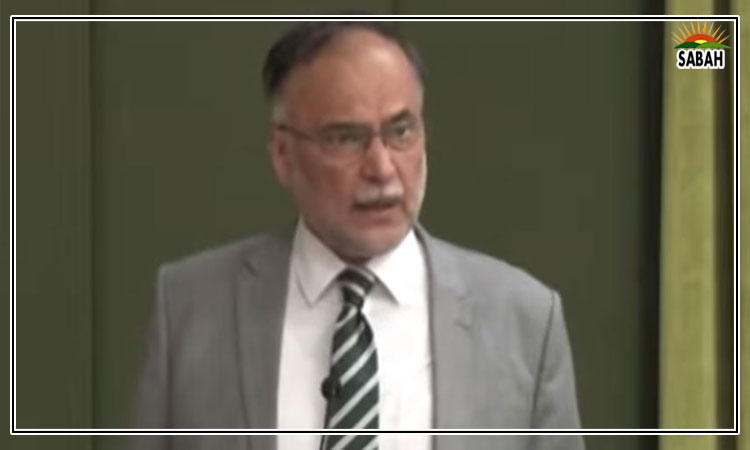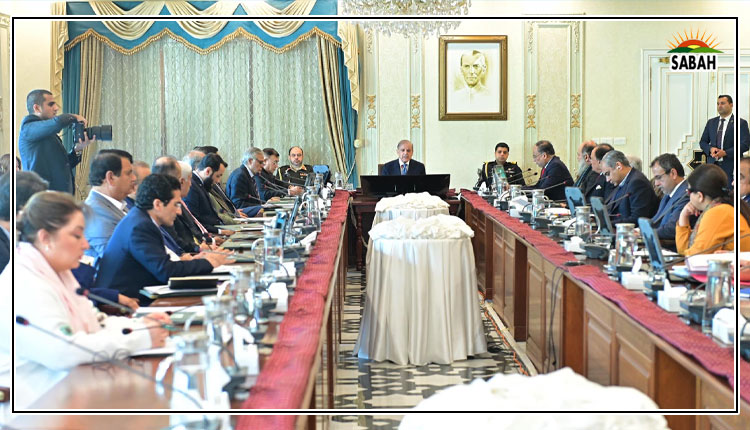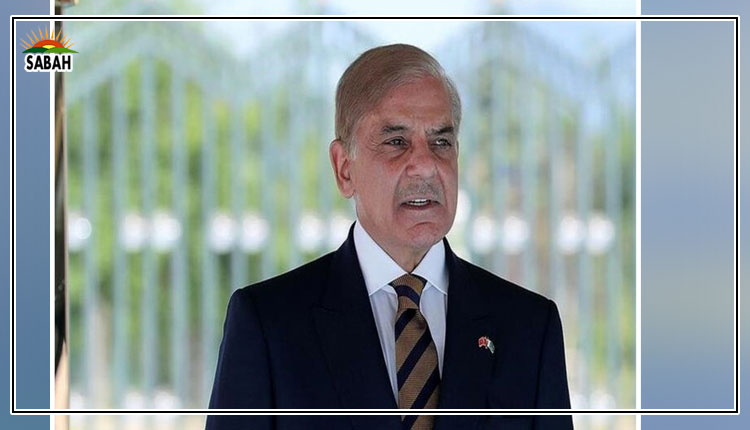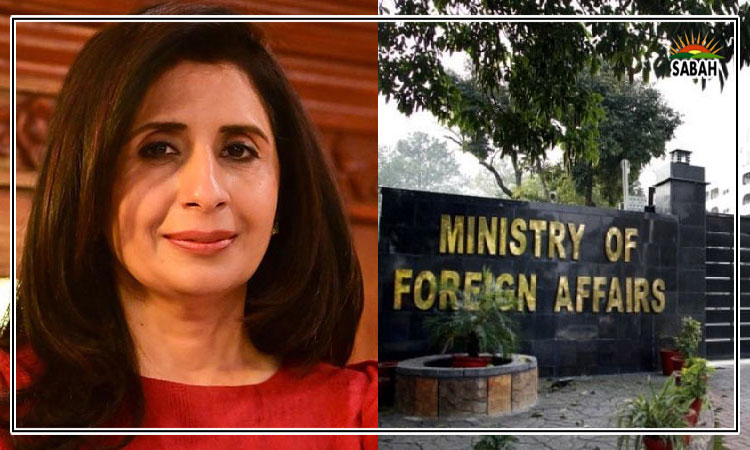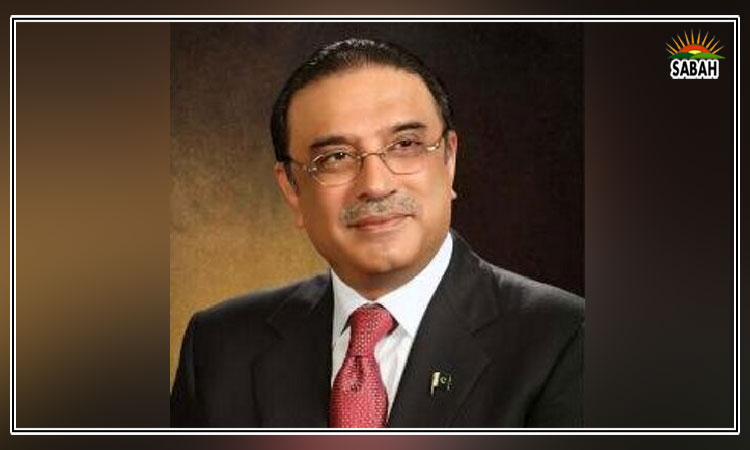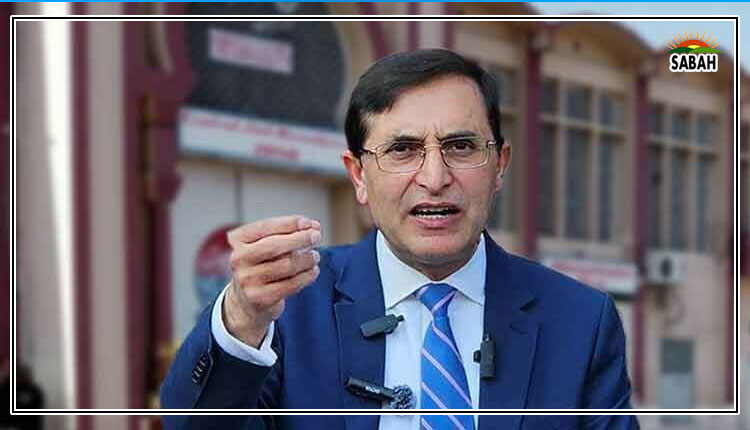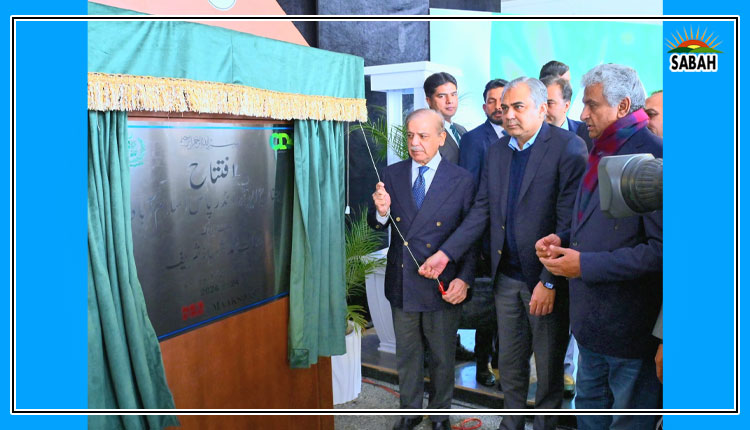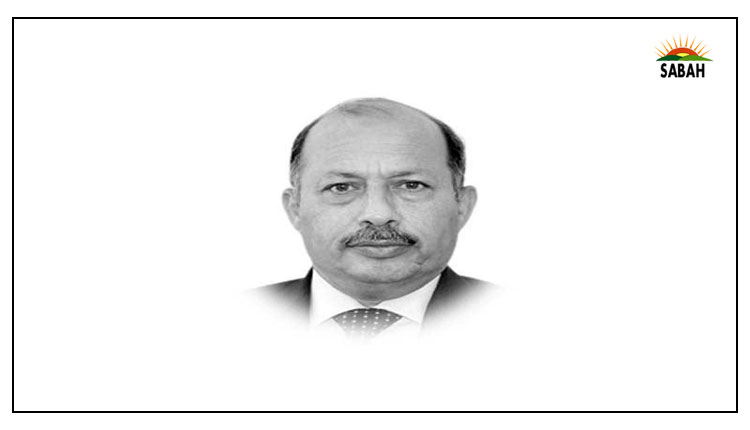The tale of the two summits…Mansoor Ahmed Khan
The limelight of this week has been two Summits hosted by cities, almost 9,000 kilometers apart, for discourse on ways to combat difficult challenges affecting international and regional peace, stability and progress. Saudi Arabia hosted the Arab League Summit in Jeddah on 19 May while Japan was host to the G-7 Summit in Hiroshima on 19-21 May. Both events conveyed messages of crucial importance although with differing nuances.
Arab Leagues Jeddah Summit has further elevated stature of Saudi Crown Prince Muhammad bin Salman for his relentless pursuit of regional stability and economic integration. The hallmark of Jeddah Summit was presence of two leaders Syrias President Bashar Al Assad and Ukrainian President Volodymyr Zelensky.
Assad attended the Summit after a hiatus of over 12 years since Arab League suspended Syria in 2011 due to infighting in the country. In recent years Syrian government quelled rebels to a large extent with active support from Russia and Iran. Return of Syria to Arab mainstream also signifies efforts to recover from negative effects of Arab Spring that caused disruptions in many stable countries of the broader Middle East and North Africa region.
Saudi efforts are making an impact in promoting regional cohesion and ending intra-Arab divisions that have been harmful for not only Arab world but the wider region around it. Analysts believe the ongoing Saudi-Iran rapprochement with Chinese support will help bring an end to civil war in Yemen and strengthen regional peace.
The message of the Crown Prince at the Summit was loud and clear. He said: We assure friendly countries in the East and the West that we are moving forward in peace. We will not allow our region to turn into a zone of conflict It is enough for us for turning the page of the past, to remember the painful years of the conflicts that the peoples of the region suffered from and because of which development was faltered in the region.
Importantly, Saudi Arabia has emerged as a crucial balancer. While the invitation to Syrian President received some Western criticism, Zelenskys attendance at the Summit signaled availability of Saudi good offices for mediating sensitive regional conflicts. Zelensky thanked Saudi offer of mediation for ending the Ukraine-Russia war as well as Crown Princes efforts last year for release of prisoners. However, he criticised some members of Arab League for turning a blind eye to the Russian invasion of Ukraine. Russia also acknowledged Saudi Arabias proactive contribution to peace efforts by sending a message of solidarity with Arab League in supporting conflict resolution in Libya, Sudan and Yemen.
The 32nd Arab League Summit in Jeddah reinforced Saudi leaderships vision emphasising for resorting to home-grown solutions to intra-Arab conflicts and deepen engagement with the wider region based on economic imperatives. There remain differences among members of the group on many political sensitivities, but Saudi Arabia along with other Gulf countries is advocating solutions through dialogue, economic integration and connectivity.
The G-7 Summit hosted by Japan in Hiroshima was different in tone and tenor. It deliberated on considering provision of more weapons and armaments to Ukraine in the war against Russia, imposing more sanctions on Russia to put pressure on it to end the war and ways to counter China in security as well as economy. In addition to the seven original G-7 countries Japan, the US, the UK, Canada, France, Germany and Italy eight guests including Australia, India, Brazil, South Korea, Comoros (Africa), Cook Islands (Pacific Islands) and EU attended the annual Summit.
Ukraine issue dominated the Summit deliberations. President Zelensky flew directly from Jeddah to present his countrys case to the G-7 leaders. The US decision to train Ukraines pilots for 4th generation fighter aircraft paved way for supply of F-16 fighters to Ukraine by any European country. The G-7 members also announced new sanctions targeting the Russian economy.
Though G-7 issued a long communique touching upon diverse subjects and challenges, a dominant thrust was on measures to counter China. A Quad meeting was also held on the sidelines of Hiroshima Summit, apparently shifting it from its scheduled venue in Australia as Biden rushed back to Washington for the US default issue.
In terms of objective evaluation, G-7 is still the largest group comprising western economies, but its relevant strength is declining. Three decades ago, group accounted for 70 per cent of the worlds GDP, today its around 44 per cent. Also, member states are no more able to show a united front with lack of cohesion on anti-China and anti-Russia measures. Even the Quad has lost traction.
In sum, these two Summits portrayed opposing messages. Arab countries after passing through years of turmoil are showing determination to move forward towards conflict resolution, peace building and economic integration. This has lessons for other regions particularly South Asia which remains in perpetual conflict.
On the other hand, G-7 as the club of most powerful industrial countries is adamant that it will protect status quo and the outdated world order. Its preference is to threaten coercive measures including sanctions as political tool rather than inspire dialogue to resolve disputes. The group instead of insisting on ways to prevent further rise of worlds second largest economy should be professing an approach of sharing global resources to overcome challenges faced by the world, which would have greater appeal.
Courtesy The Express Tribune



